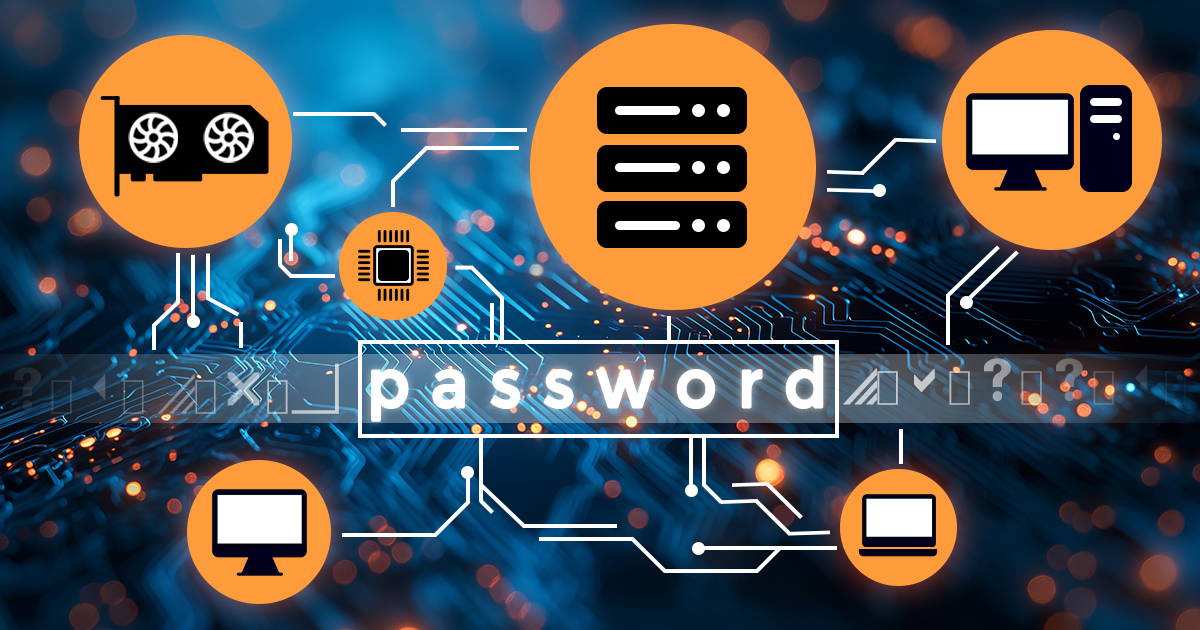The extraction method or methods available for a particular iOS device depend on the device’s hardware platform and the installed version of iOS. While logical acquisition is available for all iOS and iPadOS devices, more advanced extraction methods are available for older platforms and versions of iOS. But what if more than one way to extract the data is available for a given device? In this guide, we’ll discuss the applicable acquisition methods as well as the order in which they should be used.
iOS Forensic Toolkit 8 brings new powerful user experience based on the command line. While this approach offers experts full control over the extraction process, mastering the right workflow may become a challenge for those unfamiliar with command-line tools. In this quick-start guide we will lay out the steps required to extract the file system and decrypt the keychain of a compatible iPhone or iPad device.
The title says it all. In this article we’ll explain the steps required to put the listed Apple TV models into DFU mode. These Apple TV models are based on the A5, A8, and A10X chips that are susceptible to the checkm8 exploit and checkm8-based extraction with iOS Forensic Toolkit 8, and DFU mode is the required initial step of the process.
iOS 16 brings many changes to mobile forensics. Users receive additional tools to control the sharing and protection of their personal information, while forensic experts will face tighter security measures. In this review, we’ll talk about the things in iOS 16 that are likely to affect the forensic workflow.
iOS Forensic Toolkit 8.0 is officially released! Delivering forensically sound checkm8 extraction and a new command-line driven user experience, the new release becomes the most sophisticated mobile forensic tool we’ve released to date.
Bootloader-based acquisition is the only 100% forensically sound data extraction method for Apple devices. It is the only way to acquire the full set of data from those devices that run iOS 16, albeit with a huge caveat that makes the whole thing more of a brain exercise than a practical forensic tool. Let’s review the iOS 16 compatibility in iOS Forensic Toolkit and go through the whole process step by step.
DFU (Device Firmware Update) is a special service mode available in many Apple devices for recovering corrupted devices by uploading a clean copy of the firmware. Forensic specialists use DFU during checkm8 extractions (Elcomsoft iOS Forensic Toolkit). Unlike Recovery, which serves a similar purpose, DFU operates on a lower level and is undocumented. Surprisingly, there might be more than one DFU mode, one being more reliable than the others when it comes to forensic extractions. The method described in this article works for the iPhone 8, 8 Plus and iPhone X.
iOS Forensic Toolkit 7.60 brings gapless low-level extraction support for several iOS versions from iOS 15.2 up to and including iOS 15.3.1, adding full file system extraction support for Apple devices based on Apple A11-A15 and M1 chips.
Mobile forensics is not limited to phones and tablets. Many types of other gadgets, including IoT devices, contain tons of valuable data. Such devices include smart watches, media players, routers, smart home devices, and so on. In this article, we will cover the extraction of an Apple TV 4K, one of the most popular digital media players.
Keychain is an essential part of iOS and macOS that securely stores the most critical data: passwords of all kinds, encryption keys, certificates, credit card numbers, and more. Extracting and decrypting the keychain, when possible, is a must in mobile forensics. We seriously improved this part in the latest build of iOS Forensic Toolkit.


